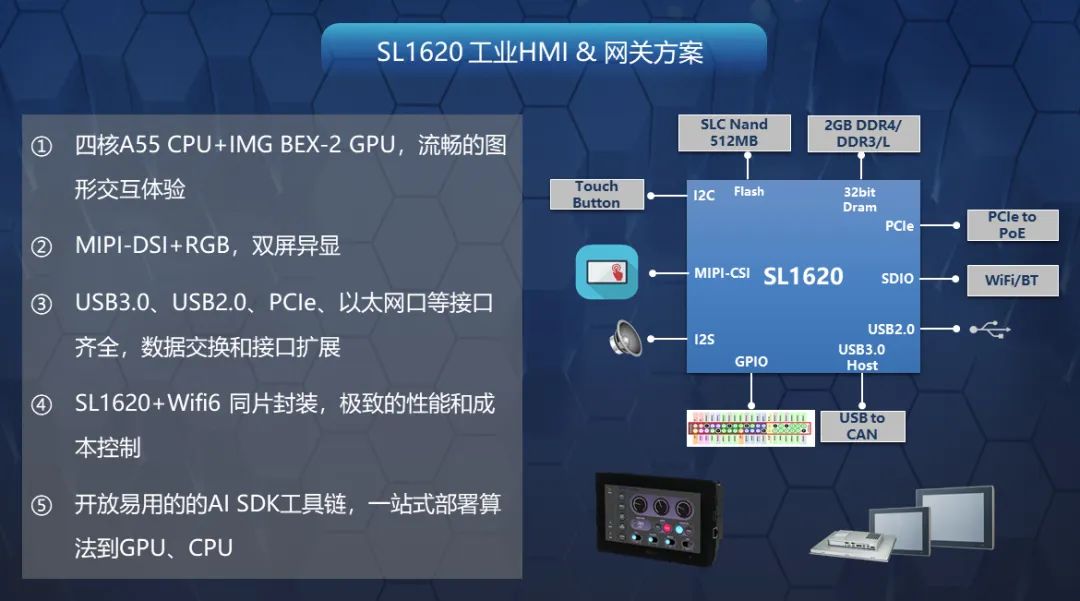创建子进程
函数声明如下:
pid_t fork(void);返回值:失败返回-1,成功返回两次,子进程获得0(系统分配),父进程获得子进程的pid
注意:fork创建子进程,实际上就是将父进程复制一遍作为子进程,但子进程只执行fork之后的代码,不执行fork之前的代码。这里的"复制"代表了父子进程的空间是独立的,互不影响。
孤儿进程与僵尸进程:
如果父进程先结束,那么子进程变成孤儿进程,最终被init进程收养,并且子进程变为后台进程。
如果子进程先结束,但父进程没有回收子进程,那么子进程变成僵尸进程。
fork基本使用方法:
pid = fork();
if(pid<0){
perror("fork");
return -1;
}else if(pid == 0){
//子进程代码
}else if(pid > 0){
//父进程代码
}进程结束
函数声明如下:
void exit(int status);
void _exit(int status);
void _Exit(int status);exit结束进程后,会刷新缓冲区,其余这三个函数没有区别。
status:返回给系统的状态值
注意:main函数结束会隐式调用exit函数,所以在main函数结束时会刷新缓冲区。
exit刷新缓冲区实验:


进程回收
函数声明如下:
pid_t wait(int *wstatus);
pid_t waitpid(pid_t pid, int *wstatus, int options);返回值:成功返回回收的子进程的pid,失败返回EOF
wstatus:保存子进程结束的状态,NULL代表直接释放子进程的PCB,不接收返回值。
pid:想要回收的子进程的pid,-1代表任意子进程,0代表进程组中的任意子进程
options:回收的方式
- 0:阻塞等待子进程结束
- WNOHANG:不阻塞等待子进程结束,子进程未结束也返回,继续执行下面代码。
注意:父进程调用该函数后一直处于阻塞状态,直到子进程结束
通过宏来解析wstatus:
wstatus中包含了是否正常退出、exit返回值、是否被信号结束、结束进程的信号类型。
解析的宏如下:
| 宏 | 含义 |
| WIFEXITED(wstatus) | 判断子进程是否正常退出 |
| WEXITSTATUS(wstatus) | 获取子进程返回值,即:exit的值 |
| WIFSIGNALED(wstatus) | 判断子进程是否被信号结束 |
| WTERMSIG(wstatus) | 获取结束子进程的信号类型 |
wait测试代码:
具体代码实现如下:
#include <sys/types.h>
#include <unistd.h>
#include <sys/wait.h>
#include <stdlib.h>
#include <stdio.h>
#include <errno.h>
int main(){
pid_t pid;
int wstatus;
if((pid = fork()) < 0){
return -1;
}else if(pid == 0){
sleep(10);
printf("now child exit\n");
exit(2);
}else{
wait(&wstatus);//以阻塞方式等待子进程退出
printf("是否正常退出:%d\n",WIFEXITED(wstatus));
printf("子进程的返回值为%d\n",WEXITSTATUS(wstatus));
printf("子进程是否被信号结束%d\n",WIFSIGNALED(wstatus));
printf("结束子进程的信号类型%d\n",WTERMSIG(wstatus));
}
return 0;
}代码执行结果如下:

waitpid填写WNOHANG实验:
当子进程退出后,子进程的pid会一直存在,直到被回收。当写入WNOHANG时,waitpid不会进入阻塞。但可以通过循环的模式,一次次判断是否有子进程需要回收。
具体代码实现如下:
#include <sys/types.h>
#include <unistd.h>
#include <sys/wait.h>
#include <stdlib.h>
#include <stdio.h>
#include <errno.h>
int main(){
pid_t pid;
int wstatus;
if((pid = fork()) < 0){
return -1;
}else if(pid == 0){
sleep(5);
printf("now child exit\n");
exit(2);
}else{
while(1){
if(waitpid(pid,&wstatus,WNOHANG) > 0){ //当子进程退出后,父进程退出while
break;
}
printf("father is running\n");
sleep(1);
}
}
return 0;
}代码执行结果如下:

进程执行其他程序
1、exec
exec函数的作用:
进程调用exec函数执行某个程序,调用后进程的当前内容被指定的程序替换,但进程号不变。
利用exec可以实现父子进程执行不同的程序:创建子进程->子进程调用exec执行其他功能。
函数声明如下:
int execl(const char *pathname, const char *arg, ...);
int execlp(const char *file, const char *arg, ...);
int execv(const char *pathname, char *const argv[]);
int execvp(const char *file, char *const argv[]);返回值:失败返回-1
pathname:执行程序的路径
file:执行程序的名字,会从环境变量PATH中寻找该执行程序
arg:执行程序的参数,第0个参数为程序名
argv:执行程序的参数,以字符串数组形式呈现
...:写NULL、0、(char*)0,这三个中的其中一个
示例:使用execl实现 " ls -li . " 的功能
具体代码实现如下:
#include <unistd.h>
#include <stdio.h>
int main(){
//ls -li . 有三个参数,ls是第0个参数
execl("/bin/ls","ls","-li",".",NULL);
printf("get\n");
return 0;
}
代码运行结果如下:

示例:使用execv实现 " ls -li . " 的功能
具体代码实现如下:
#include <unistd.h>
#include <stdio.h>
#include <errno.h>
int main(){
//这里最后一个NULL,不需要加双引号
char* a[] = {"ls","-li",".",NULL};
if(execv("/bin/ls",a) == -1){
perror("execv");
}
printf("get\n");
return 0;
}
代码运行与execl一样
2、system
system的作用:
执行一个指令,调用system后会等待指令执行结束,之后继续执行下面的代码,而不是像exec那样下面的代码被替代。
函数声明如下:
int system(const char *command);返回值:失败返回EOF
command:一个指令,以字符串形式呈现
示例:使用system实现 " ls -li . " 的功能
具体代码实现如下:
#include <stdlib.h>
#include <stdio.h>
#include <errno.h>
int main(){
system("ls -li .");
printf("get\n");
return 0;
}
代码运行结果如下:




















